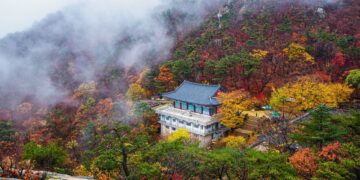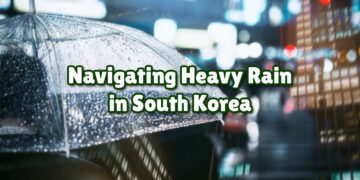South Korea’s forests and mountains are some of the most beautiful places to explore, indeed. But after the March 2025 wildfire incident that tragically burned over 45,000 hectares of land, took 28 lives, and destroyed historic sites like the 1,300-year-old Gounsa Temple, it becomes a reminder that even a small spark can cause huge damage. But no worries! By following these simple wildfire prevention tips, you can help protect the landscapes, wildlife, and communities that make South Korea so special—while still enjoying an incredible outdoor adventure.
How to Prevent Wildfires While Camping in South Korea
South Korea is a paradise for outdoor lovers, with national parks, coastal trails, and scenic campsites offering some of the best nature experiences in Asia.
However, with the increasing wildfire tragedies, especially in March 2025, responsible camping is more important than ever. The country enforces strict fire safety rules, especially in dry seasons, and as a visitor, it’s important to respect these regulations to keep both yourself and the environment safe.
Before we jump further, you must understand that wildfires do NOT just happen in extreme conditions. They can actually start from something simple. For example, a campfire left burning, a cigarette tossed aside, or even a gust of wind catching a stray ember. So, if you’re planning to camp or hike in South Korea, it’s more important than ever to be mindful of fire safety.
Now, here are 10 crucial wildfire prevention tips to ensure your camping experience in South Korea is both enjoyable and environmentally responsible.
1. Avoid Carrying Flammable Items
One of the simplest ways to prevent wildfires is to eliminate potential fire hazards from the start.
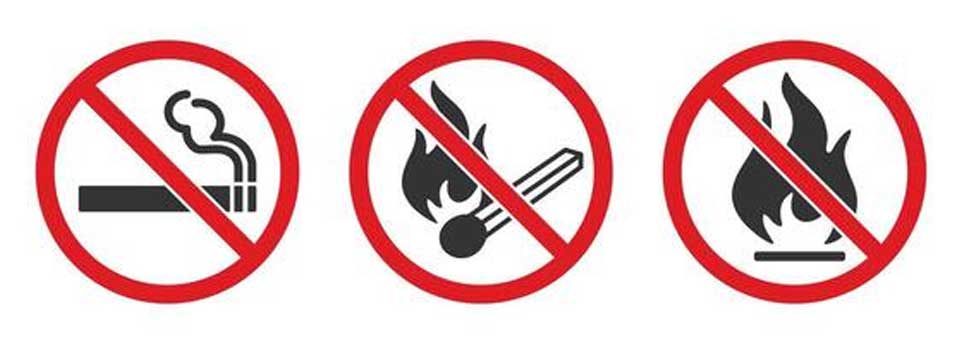
While it may be tempting to pack a lighter or matches for convenience, many official campsites in South Korea provide designated fire pits and cooking areas. By relying on these facilities instead of bringing your own fire-starting tools, you can reduce the risk of accidental ignition while still enjoying a warm meal outdoors.
2. Cook Only in Designated Areas
Cooking outdoors is a highlight of any camping trip, but it must be done responsibly.
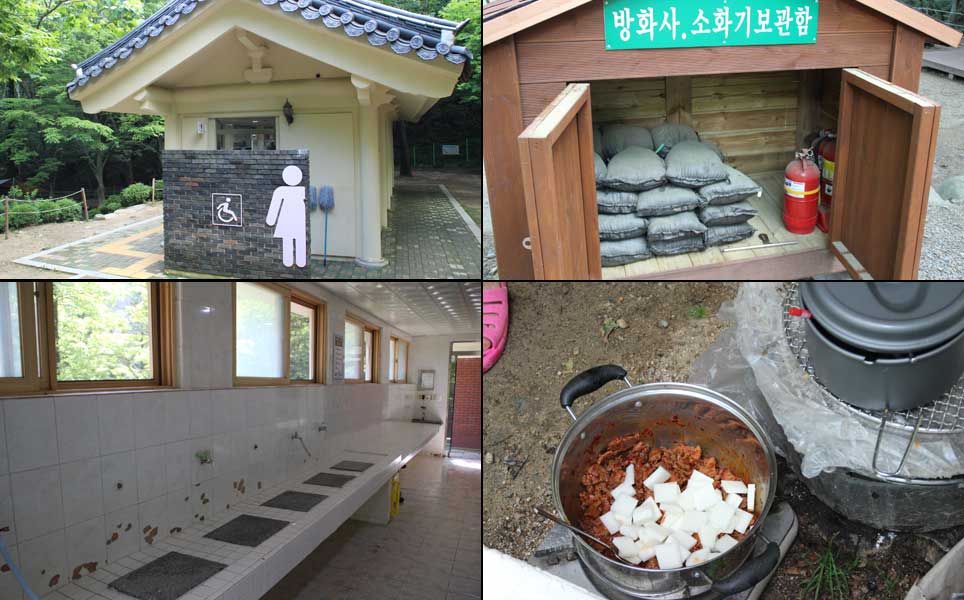
In South Korea, cooking outside of designated areas is not only dangerous but often prohibited in national parks and forested regions. Even a single unattended flame can quickly spread, especially during dry seasons. Always use official cooking zones, and before leaving, double-check that your fire is completely extinguished.
3. Refrain from Smoking in Forested Areas
Cigarette butts are one of the most common causes of wildfires worldwide, and South Korea is no exception.
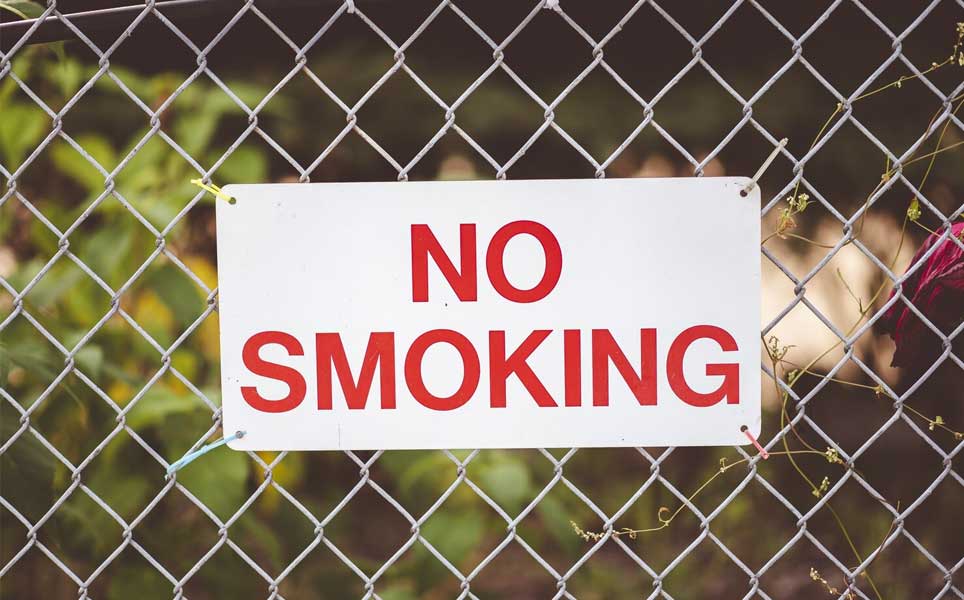
Many national parks and hiking trails enforce strict no-smoking policies due to the high risk of fire. Even if smoking is permitted in certain areas, it is best to avoid it altogether when surrounded by dry grass and trees. A single ember can lead to devastating consequences, making it crucial to dispose of cigarette waste properly—or better yet, refrain from smoking while camping.
4. Stay at Registered Campsites
While it may be tempting to venture deep into the wilderness, staying at a registered campsite is the safest option.
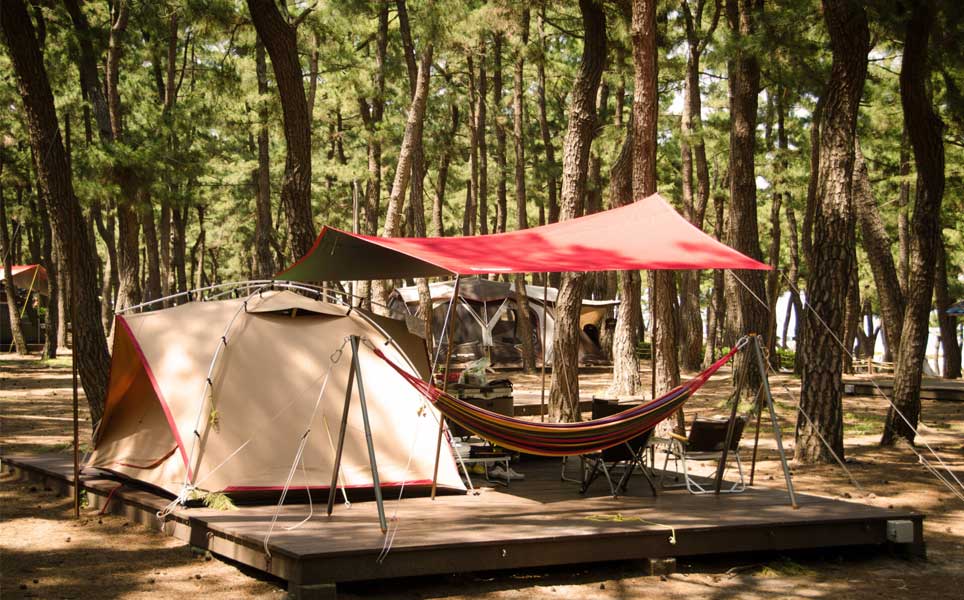
Official camping sites are equipped with fire safety measures, emergency resources, and controlled cooking areas, significantly lowering the risk of wildfire outbreaks. Additionally, many campsites in South Korea offer well-maintained facilities, allowing travelers to enjoy nature without compromising safety.
5. Use Fire-Resistant Camping Gear
Not all camping gear is designed with fire safety in mind. Fire-resistant tents and sleeping bags provide an extra layer of protection in case of stray sparks. Many camping supply stores in South Korea offer flame-retardant materials, which are especially useful in dry seasons when fire risks are heightened. If renting camping equipment, check with the supplier to ensure it meets fire safety standards.
6. Limit the Use of Electrical Appliances
While portable heaters and cooking stoves offer convenience, they can pose serious fire hazards if not used carefully. In poorly ventilated tents, gas heaters can cause carbon monoxide poisoning, while electric heaters that tip over may ignite nearby materials. If you must use electrical appliances, do so sparingly and always opt for camping-approved power cords with overload protection. Never leave heaters or stoves unattended, and make sure they are placed on stable, fire-resistant surfaces.
7. Check the Wildfire Risk Index Before You Travel
Before heading into South Korea’s great outdoors, it’s important to check the Forest Fire Danger Index (산불위험지수) provided by the Korea Forest Service.
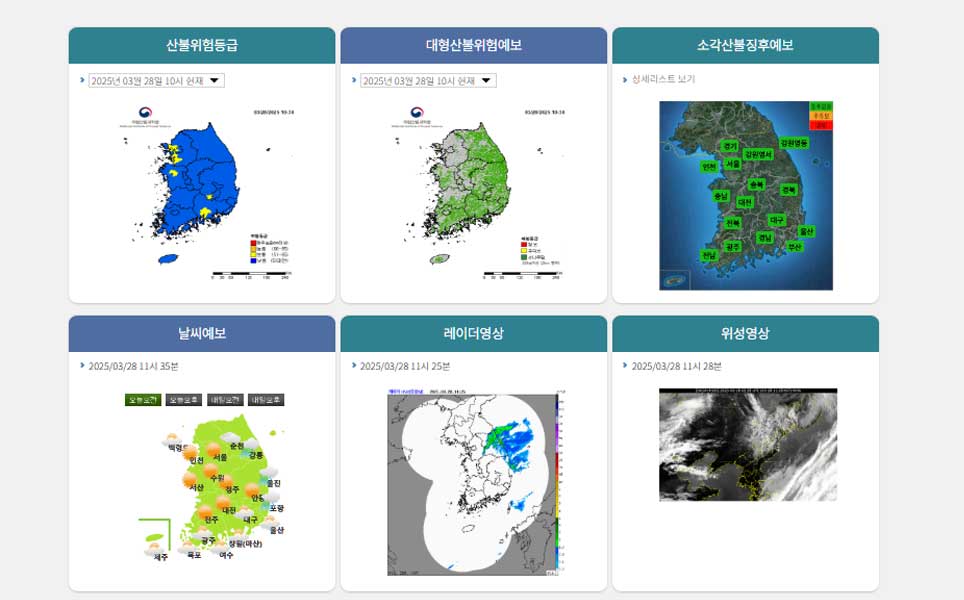
This system evaluates wildfire risks based on weather conditions, humidity levels, and wind speed. If an area is experiencing high wildfire risk, consider postponing your trip or choosing a safer location. The latest fire danger levels can be accessed through the Korea Forest Service website or set up as real-time alerts on KakaoTalk and Naver.
8. Follow Seasonal Fire Restrictions
South Korea enforces strict fire bans in many national parks during high-risk seasons—primarily in spring (March–May) and autumn (October–December). These bans prohibit open flames, bonfires, and certain cooking methods to prevent accidental wildfires.
Violating these regulations can result in heavy fines and, more importantly, put entire ecosystems at risk. Always check park guidelines before lighting any fire-related equipment.
9. Report Any Signs of Wildfire Immediately
Even if a fire seems small, it can spread rapidly in South Korea’s mountainous terrain. If you spot smoke, flames, or signs of an unattended fire, report it immediately by calling 119 (South Korea’s fire emergency number) or the Korea Forest Service hotline at 1588-3119. When reporting a fire, be sure to:
- Provide your exact location (using GPS from Naver Map or Kakao Map).
- Describe the size and direction of the fire if possible.
- Move to a safe location and follow emergency instructions from local authorities.
Prompt reporting can save lives, prevent destruction, and protect endangered cultural and natural sites.
10. Avoid Fireworks and Sky Lanterns Near Forests
Fireworks and sky lanterns are popular for celebrations, but they are strictly prohibited near forests and mountains in South Korea. Even a single stray spark can ignite dry vegetation, leading to a large-scale wildfire.
Violators can face fines of up to 3 million KRW (approximately $2,200 USD). Instead, enjoy fireworks in designated areas like beaches or amusement parks, where fire hazards are properly managed.
The Urgent Need for Wildfire Prevention in South Korea
The March 2025 wildfires have left behind a painful reminder of how quickly disaster can strike. In just a few days, thousands of hectares of forest were destroyed, entire communities were displaced, and centuries-old cultural treasures were lost forever. Many of these fires could have been prevented with proper fire safety measures and responsible outdoor practices.
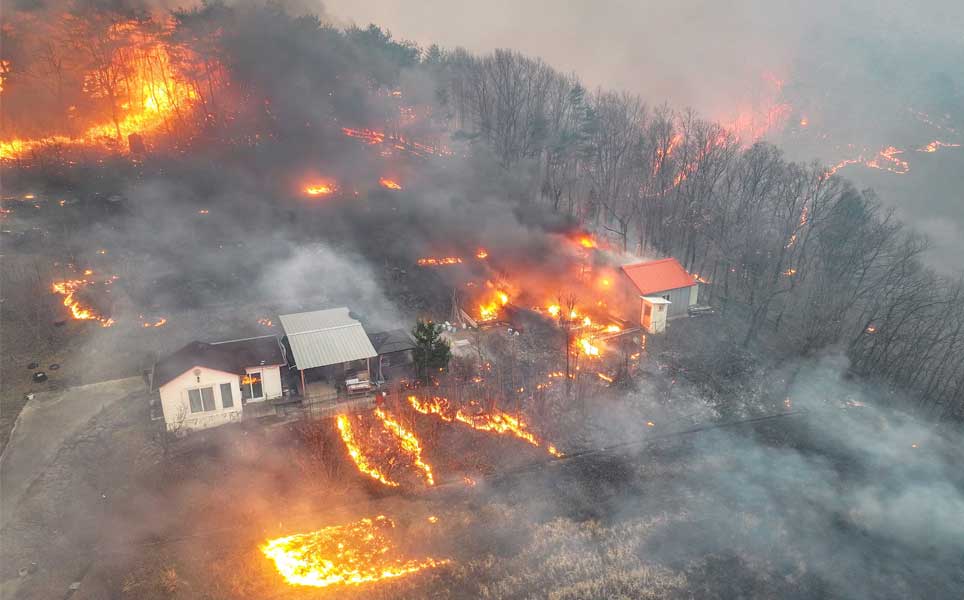
As a traveler, you have the power to make a difference. By following these wildfire prevention tips, you can ensure that South Korea’s stunning landscapes remain intact for generations to come.
Enjoy South Korea Natural Beauty with Above Wildfire Prevention Tips
Finally camping in South Korea is a rewarding and unforgettable experience, offering everything from coastal escapes to rugged mountain adventures. However, with privilege comes responsibility. Every campfire, cooking stove, and cigarette has the potential to reshape history.
Before you set out on your next camping trip, ask yourself: Am I doing my part to protect this land? By staying informed and following the right precautions with these wildfire prevention tips, you can explore South Korea and its breathtaking outdoors safely—without leaving destruction behind.
Related Posts
1,746 total views, 3 views today


